The Buddhist Canon in China, as it was arranged between the years 67 and 1285 A.D, includes 1440 distinct works, comprising 5586 books. But these form only a fractional part of the entire Buddhist Literature. The present books is divided into parts. In the beginning the book contains an informative introduction. Part I contains Legends and Myths which includes – The Origin of the rivers; The Navel of the earth; The Habitable world; the Four great continents; On the Karma that leads to birth in these worlds: On the causes of the earthquakes; on the eight cold Hells; on the abode of the king Yama. The Superior Heaven; The thirty three heavens; The four divisions of Dhyana Heavens; the occupants of the Heaveans; General summary; The collective Universe; The extent of the different systems of the worlds; on the length of time called a Kalpa; On the kalpa of Perfection; on the various tiers of the world; on the names of the great numbers used in Buddhist books; Legend of Sakya; Origin of the Sakya family; Memoirs by Wang Puh; the various scenes of Sakya teaching; his methods of teaching; the various developments of his doctrine; the eternity of his law; his successors; the epitome of Buddha’s life. Part II deals with Buddhism as a Religion – The necessity of meditation; Buddhism as a atheistic system; as a nihilistic system; The Nirvana – The character of Nirvana; Chinese definitions; the discussion found in the Mahaparinirvana Sutra. The Sutra of the forty-two Sections, The Pratimoksha, The Daily Manual of the Shaman., The Tian T’ai School of Buddhism. Part III is on the Scholastic Period – General division of the Buddhist development; Translation of Sutras. Part IV. Mystic Period – Definition of Mysticism; the convent at Nalanda; the worship of Kwan-yin; Part V. Decline and fall – Naga worship. In the end the book Contains Additional Notes, General Index, and Index of Proper Names, arranged Phonetically.
Buddhism in China
$24.30
$27.00

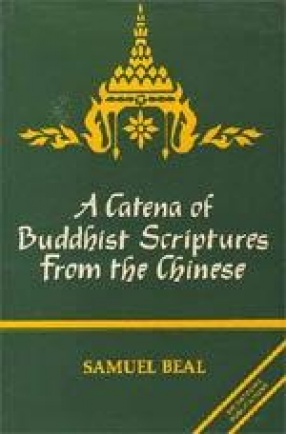
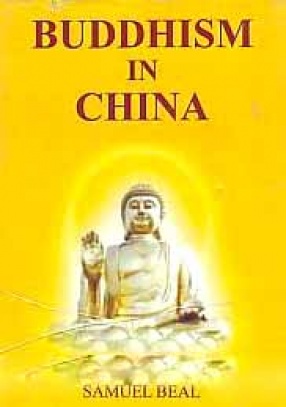
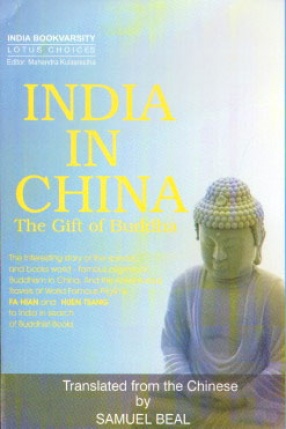
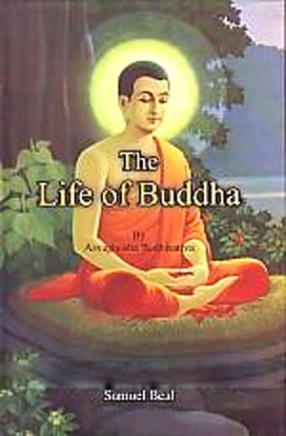
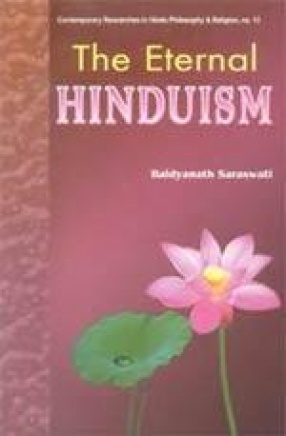


There are no reviews yet.